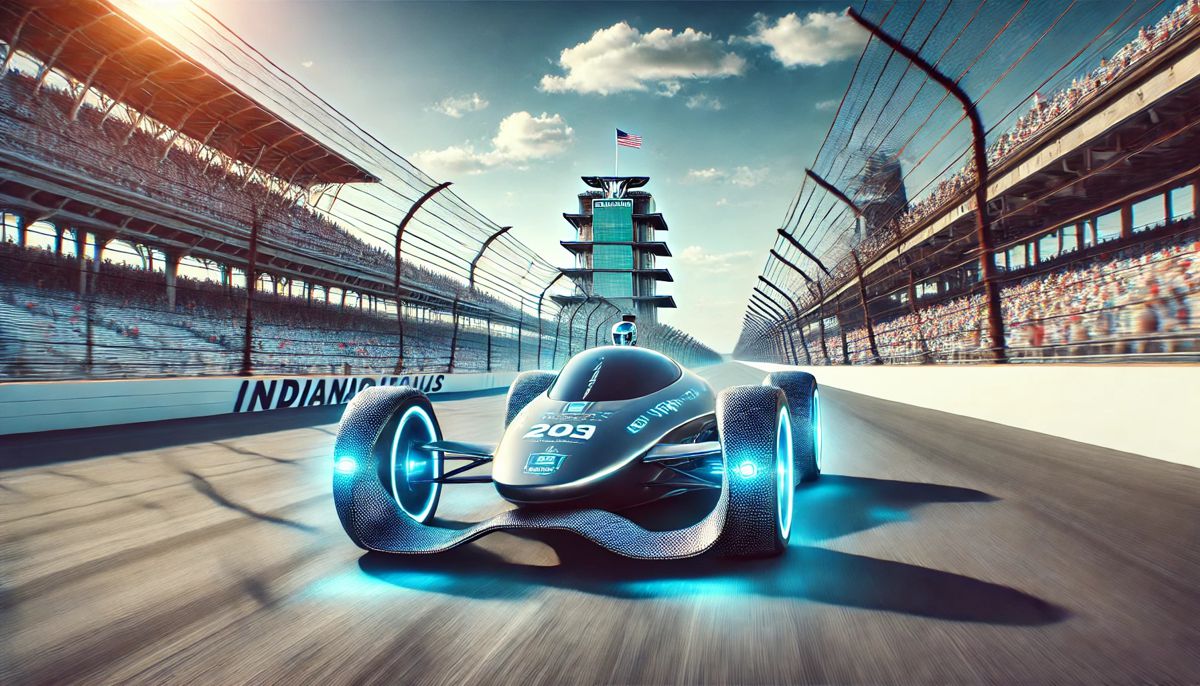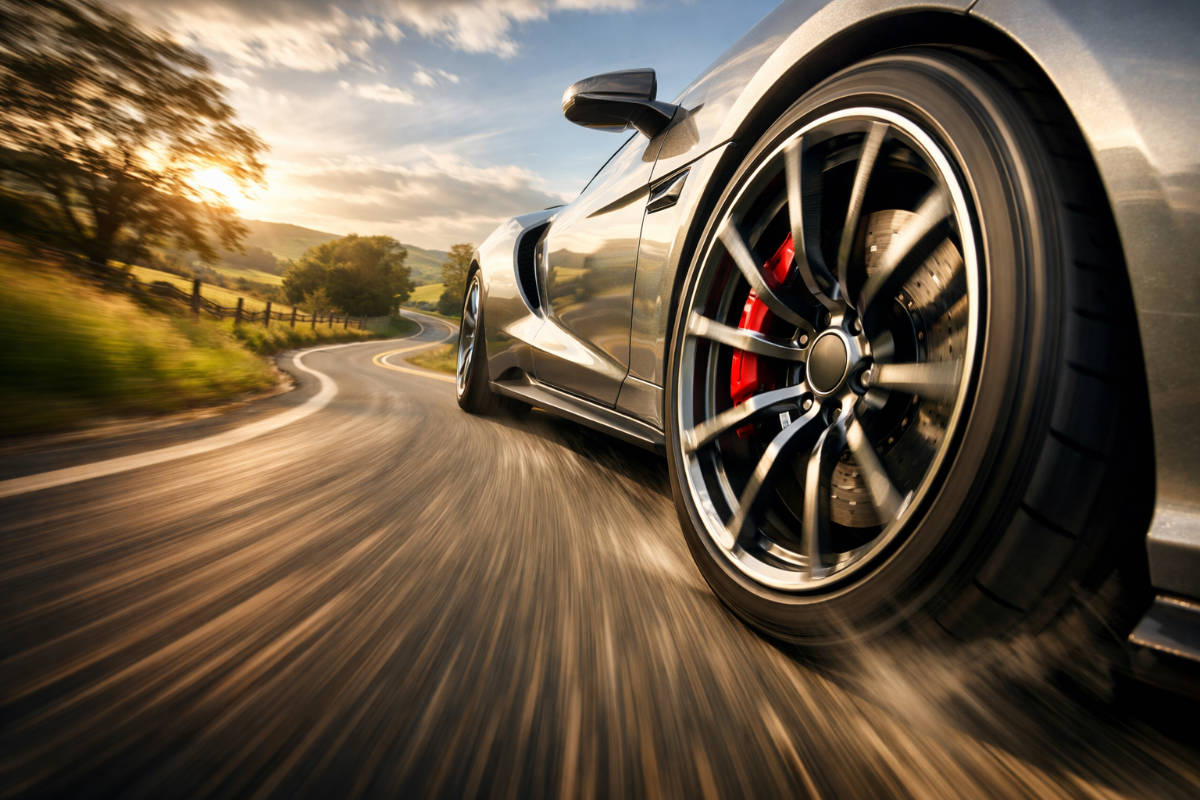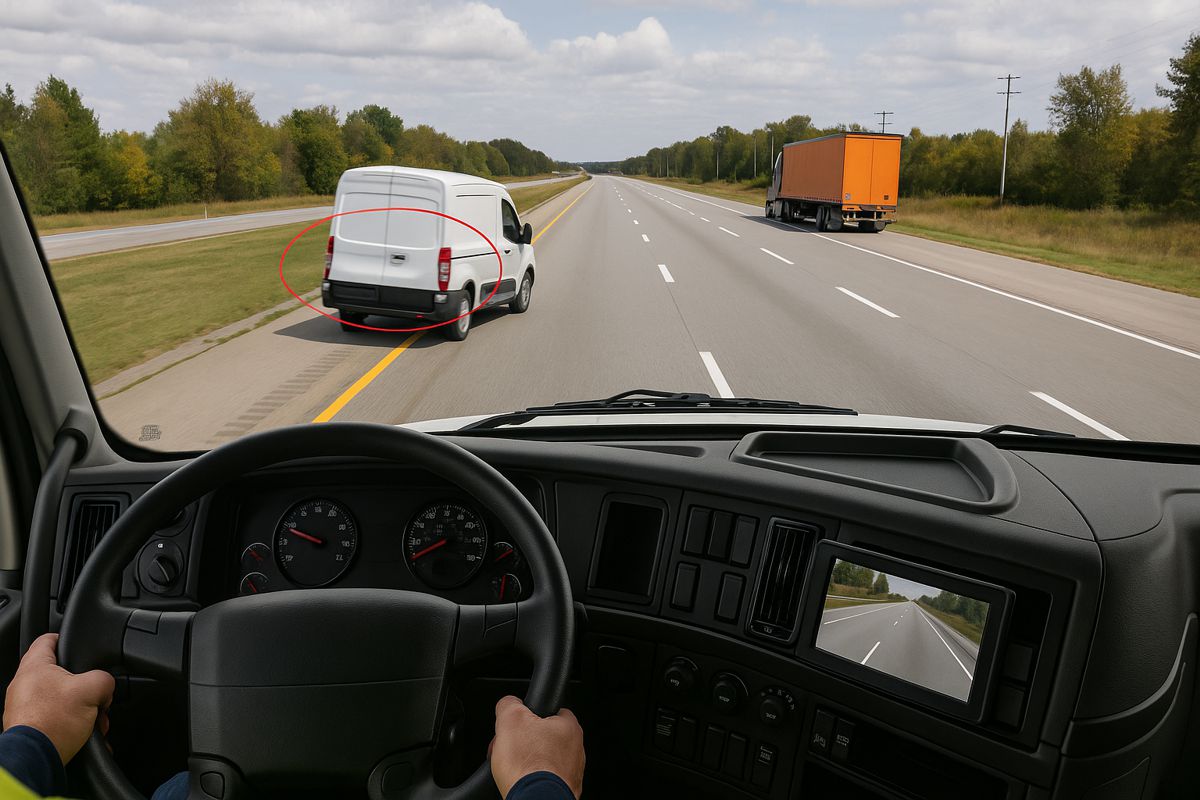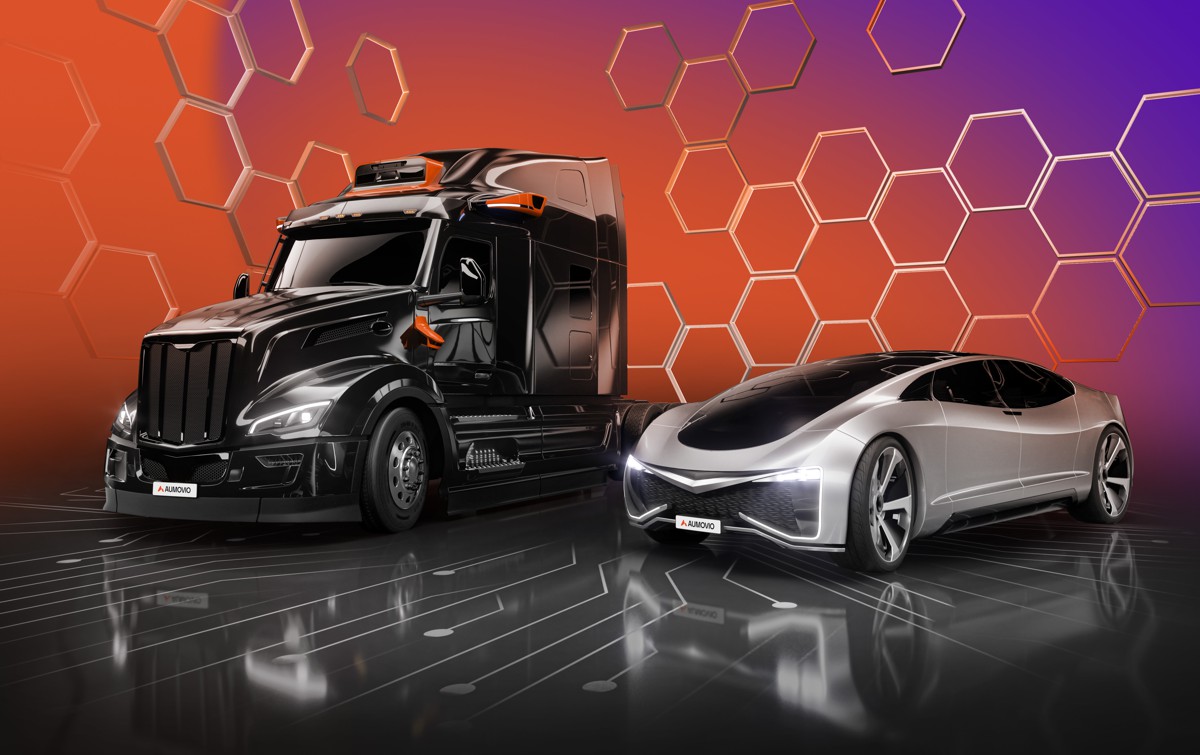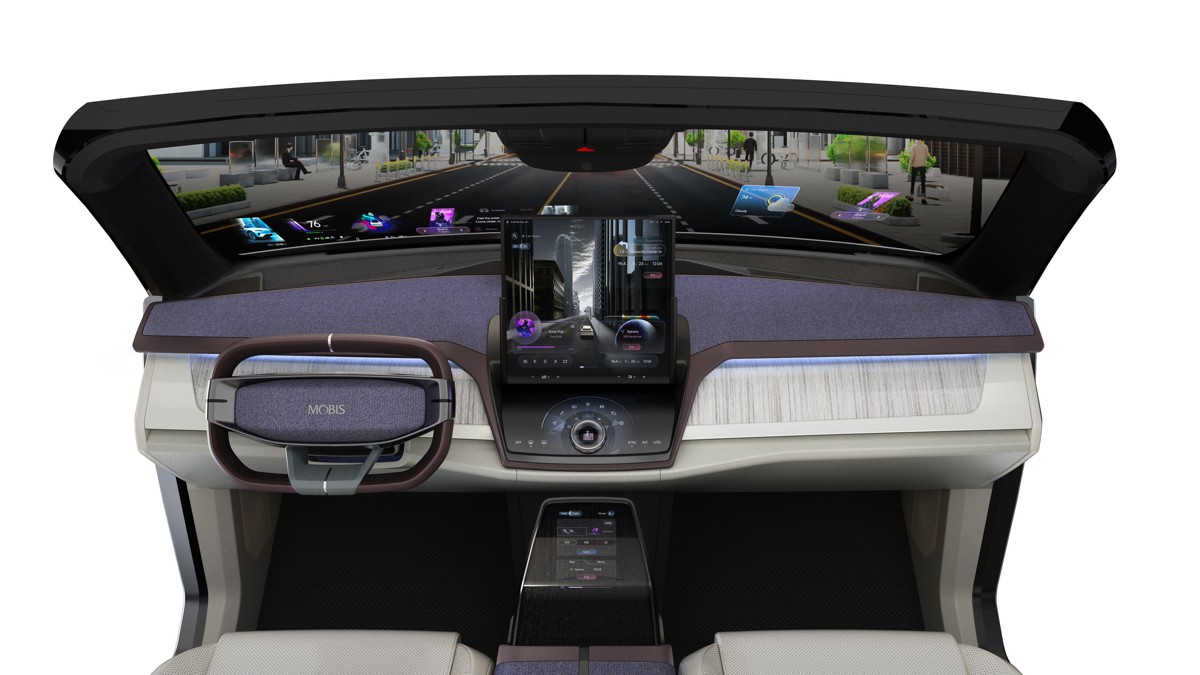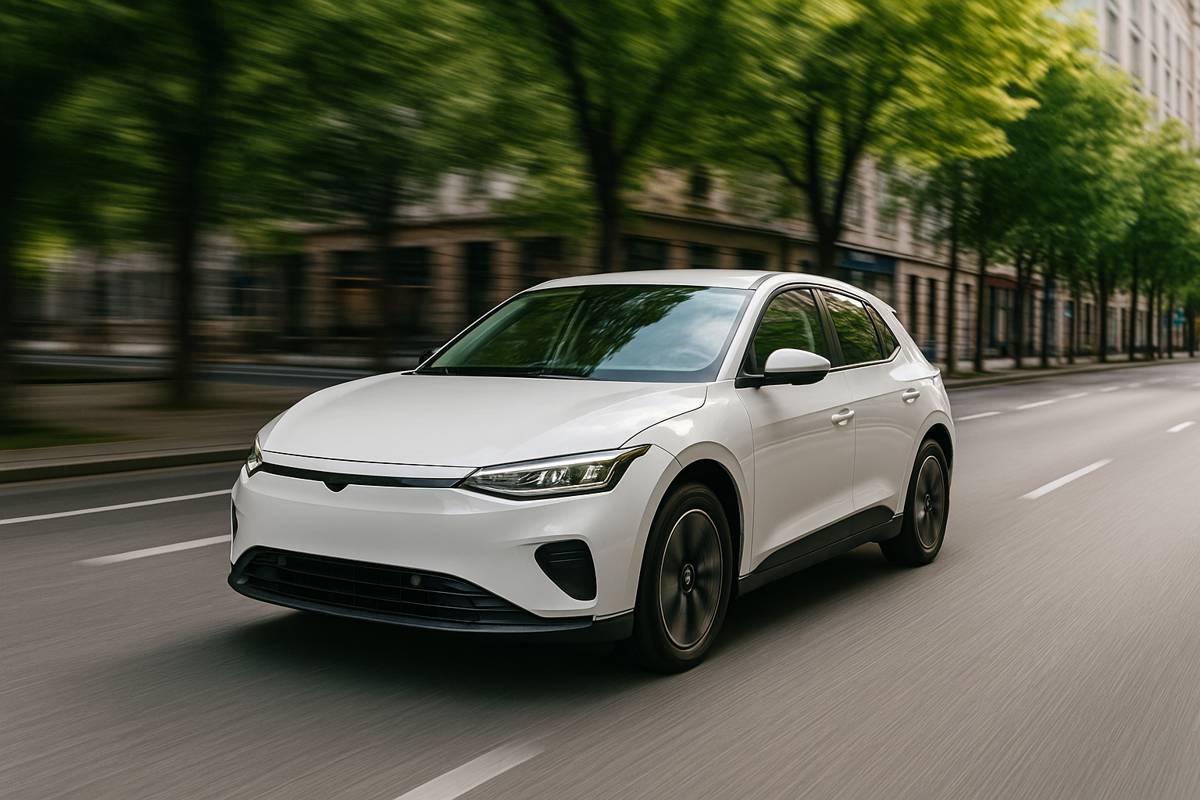Indy Autonomous Challenge 2024 Breaks Records
The Indy Autonomous Challenge (IAC) roared back into action on September 6th, 2024, at the historic Indianapolis Motor Speedway, shattering records and pushing the boundaries of AI-driven mobility.
This seventh edition of the high-speed autonomous racing event witnessed ground-breaking achievements as teams from around the world showcased their advanced AI driver software in an electrifying display of speed and precision. From record-setting overtakes to high-speed time trials, the event underlined the rapid evolution of autonomous technology on a global stage.
New Records at the Racing Capital of the World
Returning to the famed oval of the Indianapolis Motor Speedway, the 2024 IAC didn’t just meet expectations—it blew them away. Teams from nine universities across three continents competed with identical IAC AV-24 racecars, pushing their autonomous systems to the limit. The standout performances came from PoliMOVE-MSU (Politecnico di Milano and Michigan State University) and Cavalier Autonomous Racing (University of Virginia), who left a mark on the event with record-breaking feats.
PoliMOVE-MSU made headlines by setting a new world record for the fastest autonomous passing overtake at 180 mph (290 kph), while Cavalier Autonomous Racing clocked the highest speed ever achieved by an autonomous vehicle on a racetrack at 184 mph (296 kph). These achievements represent more than just numbers—they are milestones in the development of autonomous driving technology, demonstrating a level of control, stability, and safety that once seemed the stuff of science fiction.
A Fierce Battle for Speed Supremacy
The highlight of the event was the intense showdown between PoliMOVE-MSU and UNIMORE Racing (University of Modena and Reggio Emilia) in the passing competition. The two teams went head-to-head for 30 laps, executing 19 overtakes at ever-increasing speeds. As the race neared its climax, PoliMOVE-MSU executed a record-setting overtake at 180 mph, clinching victory in a thrilling finish.
In one of the race’s most dramatic moments, the UNIMORE car lost GPS connectivity entering Turn One, forcing the AI system to switch to LiDAR-based localization. This enabled the car to perform a controlled stop from 145 mph, avoiding a potential crash. Trailing just 80 feet (25 metres) behind, PoliMOVE-MSU’s AI driver demonstrated exceptional awareness and vehicle control, stopping safely and maintaining stability. These high-stakes manoeuvres underscore the cutting-edge safety capabilities of today’s autonomous systems—a critical factor as the technology inches closer to real-world application.
Cavalier Autonomous Racing Takes the Time Trials Crown
Cavalier Autonomous Racing dominated the time trials, completing a lap of the iconic 2.5-mile oval in 52.628 seconds at an average speed of 171.012 mph (273.619 kph), with a lateral G-force of 2.25 in the turns. This stunning performance not only secured them a spot on the podium but also set a new world record for autonomous speed on a racetrack.
For the University of Virginia team, this victory was particularly significant as it marked the first time a U.S.-based team had topped the podium at an Indy Autonomous Challenge. Their achievement is a testament to the rapid advancements in AI and the increasing competitiveness of American teams in the global autonomous racing arena.
A Tradition of Innovation Continues
Indianapolis Motor Speedway President J. Douglas Boles expressed pride in hosting the IAC, stating, “IMS was built 115 years ago as a proving ground for automotive innovation, and we are proud to continue that tradition today with the incredible innovations in AI and automation being achieved by the Indy Autonomous Challenge.” The Speedway’s legacy as a hub of innovation is being redefined by these new technologies, pushing the boundaries of what is possible on the racetrack.
The event’s return to the Speedway, three years after the inaugural race in 2021, brought an added layer of significance. As Mitchell, an IAC representative, remarked: “We’ve achieved many milestones over the years – but this competition’s combination of world record-breaking autonomous speed and incredible crash avoidance safety stops pushed the boundaries of high-speed autonomy further than ever before.”
A Diverse Field of Global Talent
Nine teams, representing 13 universities, competed in this year’s IAC, demonstrating the diverse and international nature of the event. From the United States to Italy, South Korea, and Germany, each team brought unique expertise and technological prowess to the track:
- AI Racing Tech (ART) – University of California, Berkeley, with partners from the University of Hawai’i, University of California, San Diego, and Carnegie Mellon University (U.S.)
- Autonomous Tiger Racing (ATR) – Auburn University (U.S.)
- Cavalier Autonomous Racing (CAR) – University of Virginia (U.S.)
- IU Luddy – Indiana University Luddy School of Informatics (U.S.)
- KAIST – Korea Advanced Institute of Science and Technology (South Korea)
- PoliMOVE-MSU – Politecnico di Milano, Michigan State University, and University of Alabama (U.S., Italy)
- Purdue AI Racing (PAIR) – Purdue University (U.S.)
- UNIMORE Racing – University of Modena and Reggio Emilia (Italy)
- TUM Autonomous Motorsport – Technische Universität München (Germany)
The event also saw the introduction of the newest team, Caltech Autonomous Systems and Technologies (CAST) Racer, who unveiled their new livery, adding another layer of excitement to the competition.
Beyond the Track: Inspiring the Next Generation
The IAC wasn’t just about breaking speed records—it was also about inspiring the next generation of STEM talent. More than 1,500 high school students from across Indiana participated in hands-on exhibits in the STEM Zone, designed to ignite interest in science, technology, engineering, and mathematics. Collaborating with local streetwear brand MELI, the IAC distributed limited-edition t-shirts celebrating the fusion of fashion, technology, and innovation, reinforcing the event’s commitment to community engagement and education.
David Watkins, SVP of Entrepreneurship & Small Business at the Indiana Economic Development Corporation, highlighted the broader impact of the event: “Indiana has become a hub for technology innovation that is powering the economy of the future. It’s been an honour to host and support the global AI talent network of 150 PhD students and faculty that make up the Indy Autonomous Challenge paddock as they’ve made the Hoosier state their home away from home this Summer preparing to make history at Indianapolis Motor Speedway.”
Forging Ahead: The Future of High-Speed Autonomy
As the dust settles on another thrilling edition of the Indy Autonomous Challenge, the world is left in awe of the technological marvels on display. From record-breaking speeds to innovative safety manoeuvres, the IAC continues to redefine the possibilities of autonomous mobility.
For teams, spectators, and industry leaders alike, this event is more than just a race—it’s a glimpse into the future of transportation, where AI and human ingenuity come together to push the limits of what’s possible.
